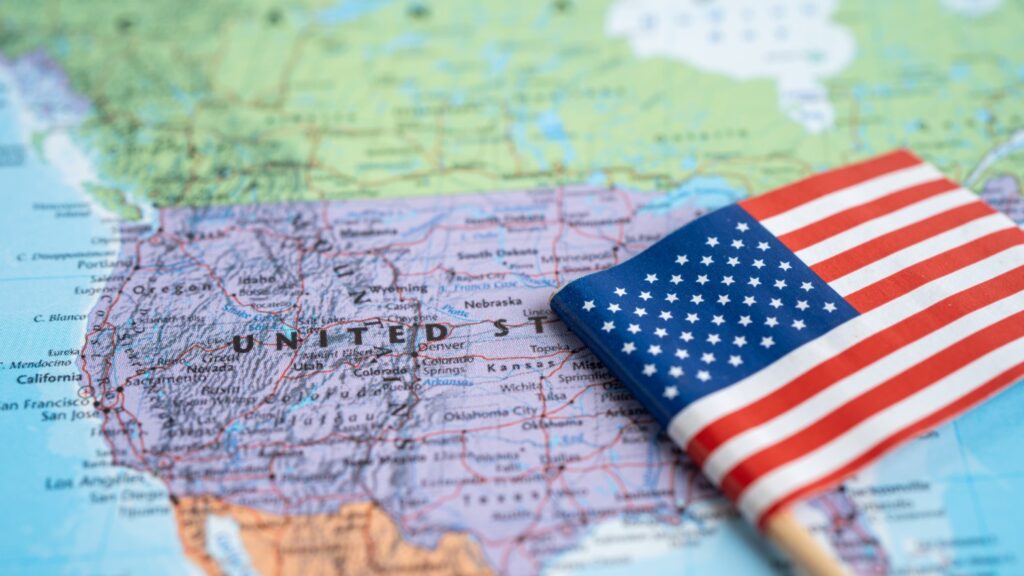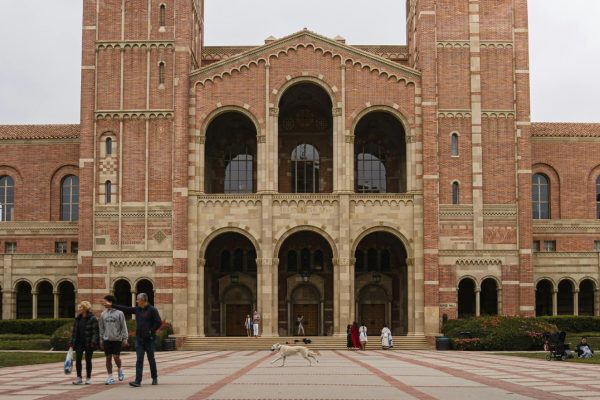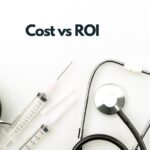Why Study in the US Under The Updated F-1 Visa Policies

Every year, hundreds of thousands of students pack their bags and head to the United States, chasing more than just a degree. They’re after world-class education, global exposure, cutting-edge research, and career opportunities that can truly shape their future.
But let’s be real—between visa interviews, changing immigration rules, and all the noise online, it’s easy to feel overwhelmed. You might be wondering: Is the US still worth all the effort?
Short answer? Absolutely. Long answer? It’s actually better than ever—especially with the latest updates to the F-1 visa policies.
These new changes don’t just simplify the process—they open more doors for international students, offering flexibility, clarity, and better career pathways.
Quicker and Smoother Visa Processing
America has made F-1 visa application processes faster and more efficient in order to lower delays and uncertainty. One of the most significant improvements is the Domestic Visa Renewal Pilot Program, which enables worthy students to renew their visas within the country. U.S. embassies have also added interview slots in high-demand countries, dramatically reducing wait times. Moreover, electronic I-20 forms and early document filing requirements (72 hours prior to interviews) make processing smoother. These modifications translate to less anxiety and quicker approvals, so you can concentrate on studying preparation instead of visa delays.
Unmatched Work Opportunities During and Post-Studies
The U.S. has increased work authorization for foreign students, providing easier means to acquire real-world experience. Optional Practical Training (OPT) now provides STEM graduates with up to three years of work eligibility after graduation, with a broader list of approved fields. Curricular Practical Training (CPT) lets you work part-time while in school, and new policies even permit entrepreneurial activity—so you can start a business while on OPT. With more direct routes from student visas to H-1B sponsorship and green cards based on employers, America is actively inviting the best to remain and contribute in the long term.
More Freedom of Education and Status Preservation
Days of strict academic restrictions are behind us. The new policies permit blended learning arrangements, i.e., students are free to pursue additional online courses without compromising their visa status. Switching between SEVP-approved schools is easier, so you can change programs if your interests change during your studies. The 60-day post-graduation grace period allows you time to travel, make travel arrangements for OPT, or secure job offers without feeling rushed. These developments offer the flexibility required to respond to changing career aspirations while ensuring legal status.
Simplified Travel and Reentry Regulations
International students no longer have to worry about visa stamps expiring while taking brief vacations. The Automatic Visa Revalidation (AVR) rule permits F-1 students to travel to Canada or Mexico for 30 days and return to the U.S. with an expired visa—if they possess a valid I-20 and EAD. Furthermore, OPT application premium processing (for a fee) guarantees you receive your work permit within 15 days, avoiding lengthy delays that might hamper job offers.
Stricter Pathways to Long-Term Residency
The U.S. is simplifying the path for high-achieving students to enter education and ultimately, permanent residency. STEM graduates now have improved chances in the H-1B lottery, and employer-led green cards (EB-2/EB-3) have more formalized processes. The inclusion of startup visa choices allows entrepreneurial students to establish their innovations as businesses while remaining in the nation. These policies embody America’s dedication to holding onto global talent, providing students with an open highway from the classroom to long-term professional careers.
The Unparalleled American Education Experience
Aside from work permits and visas, the U.S. is still the premier destination for higher education because of its elite universities, innovative research opportunities, and multicultural campus life. Having the ability to try out various fields, conduct hands-on research, and make connections with industry professionals gives one an edge that no other nation can compete with. If you want to work in Silicon Valley, Wall Street, or NASA, a U.S. degree is the key to unlocking opportunities that few nations can provide.
Is America Still the Best Option?
Yes. With quicker visa processing, longer work opportunities, flexible study arrangements, and clearer migration routes, the U.S. has cemented its status as the top destination for international students. If a world-class education with unparalleled career prospects is what you’re looking for, there’s never a more opportune time to follow your American dream.
Ready to take the next step? Check the latest USCIS updates and start your application today—your future in the U.S. awaits! ????










